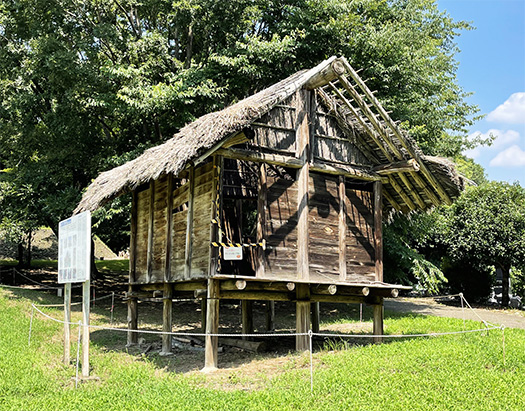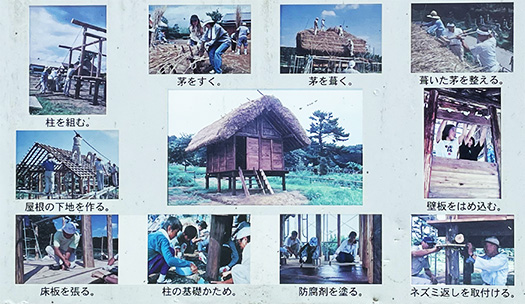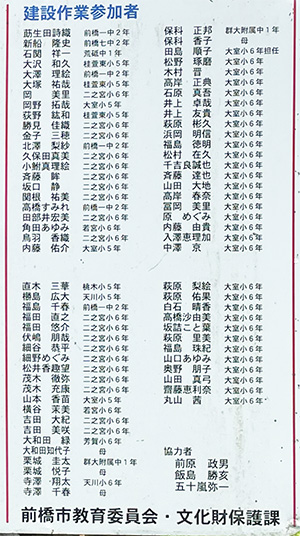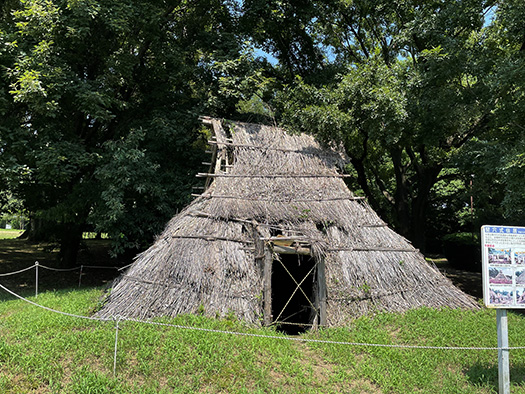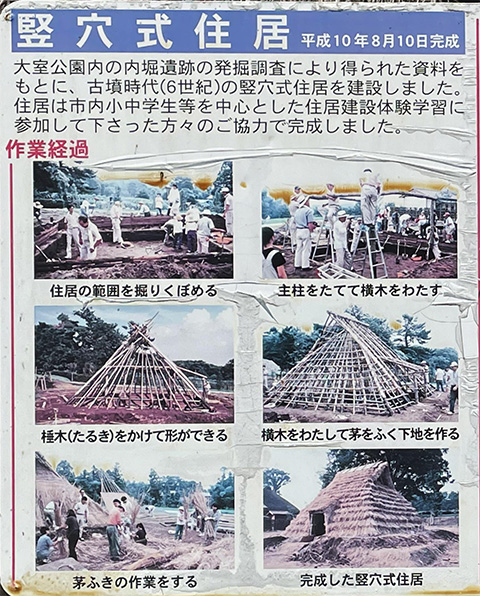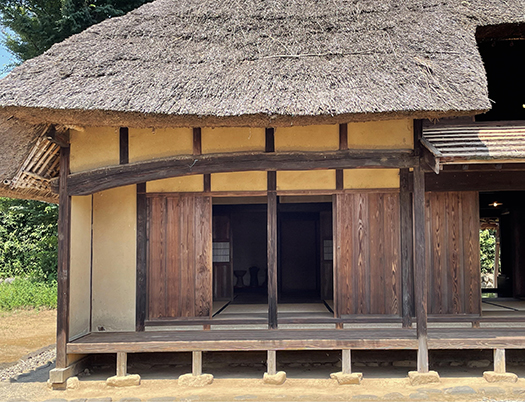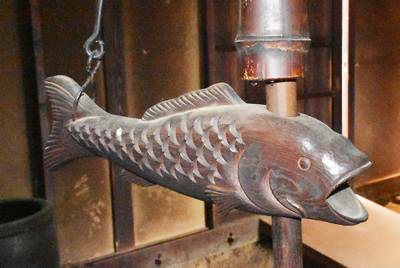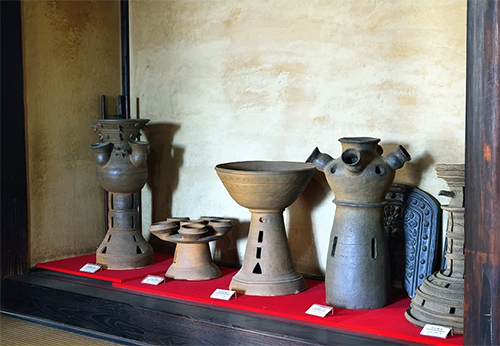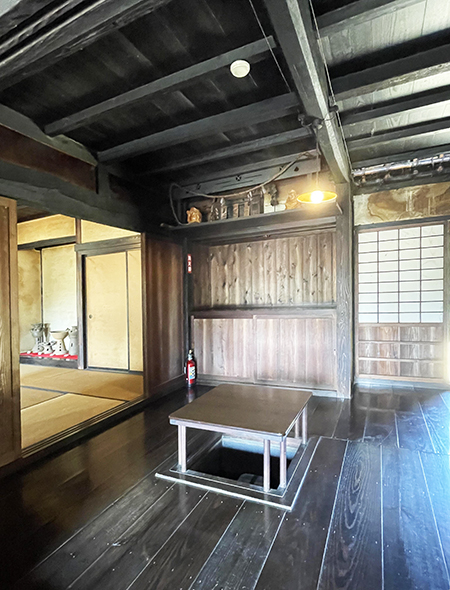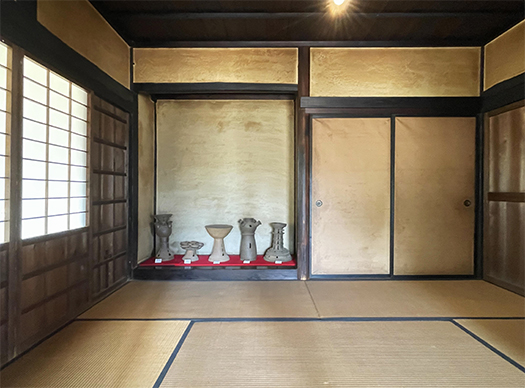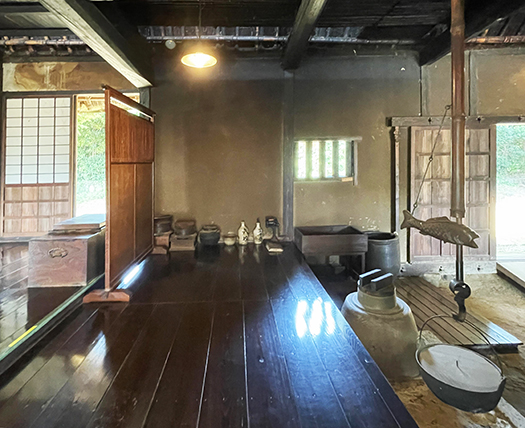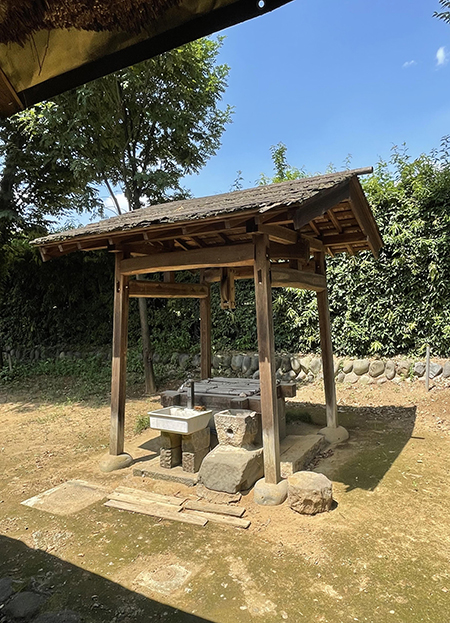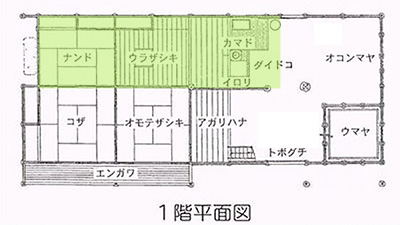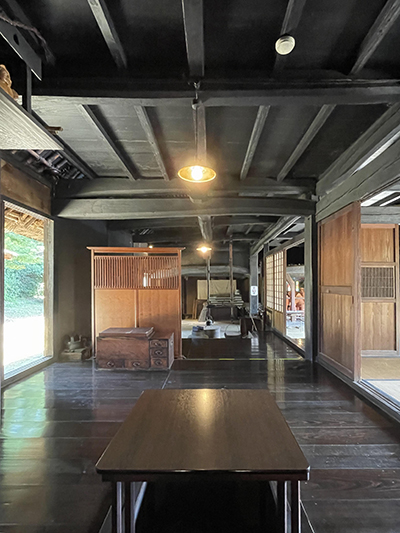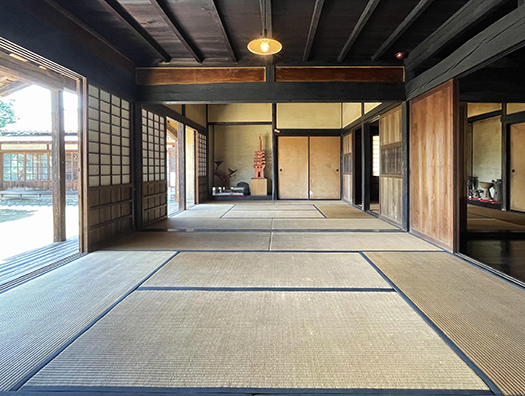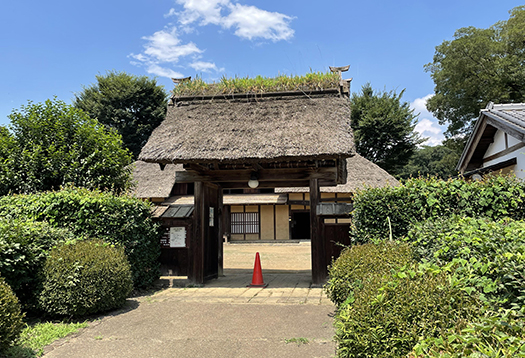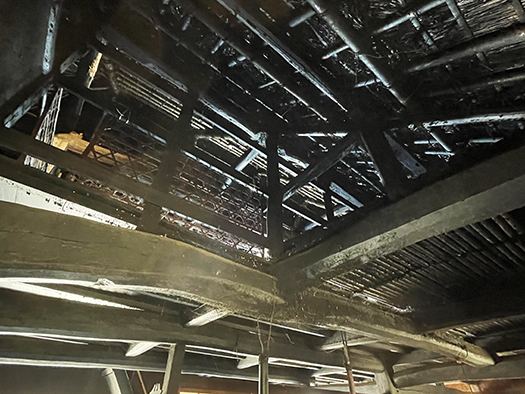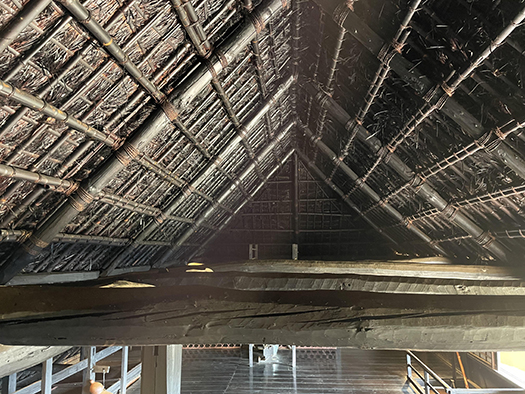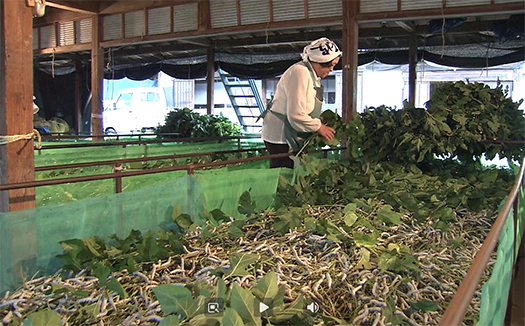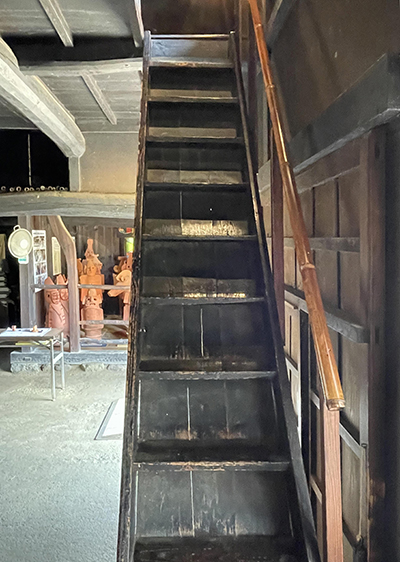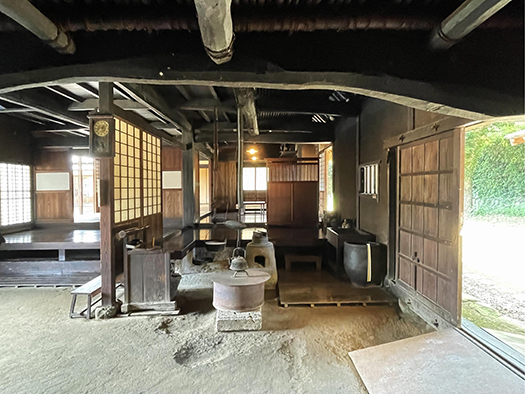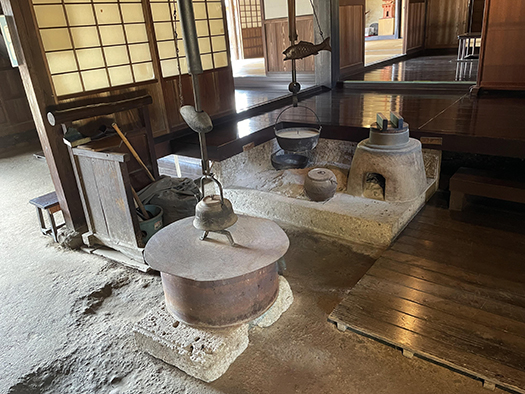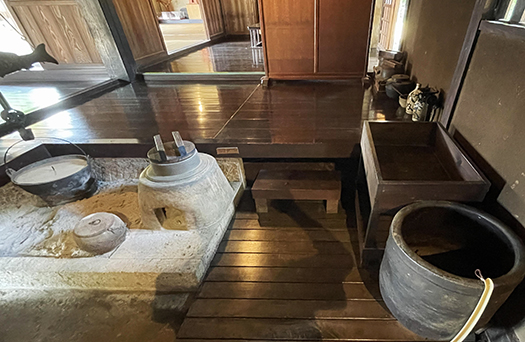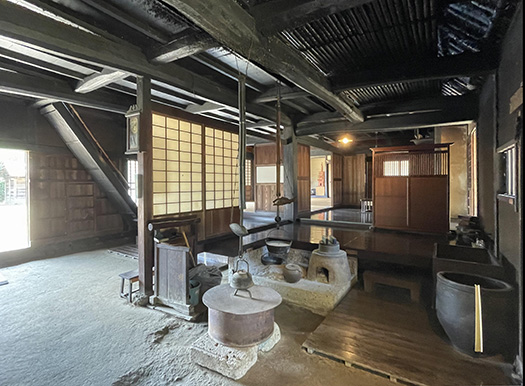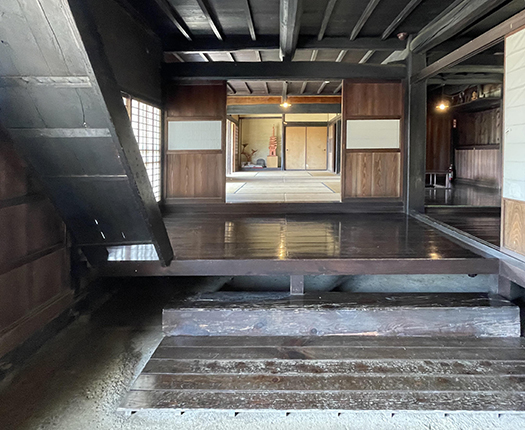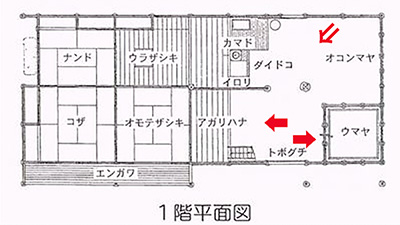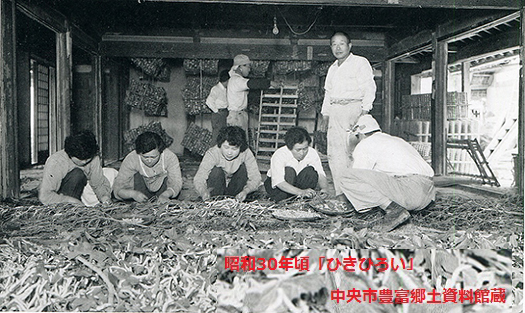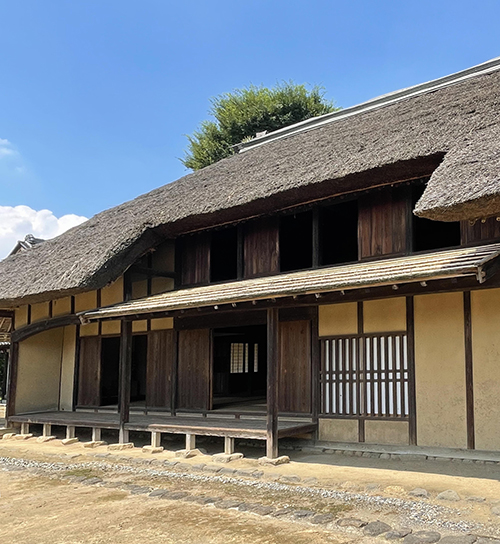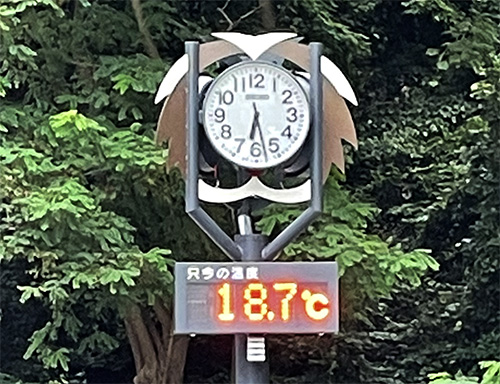
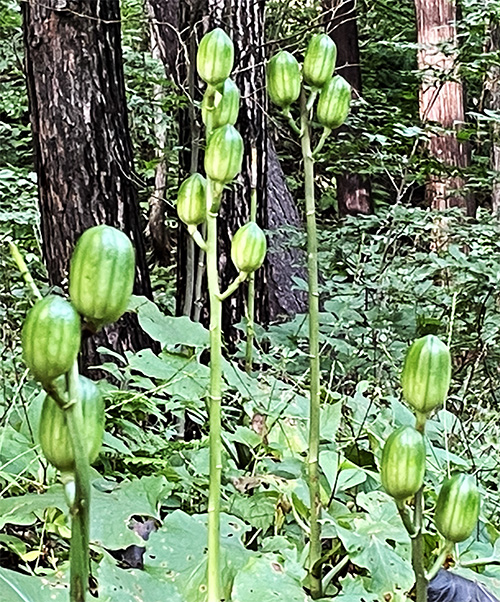
きのうの札幌は朝で20度ほどの気温。
写真のように一昨日では18.7度ほどまで下がって来ていました。
散歩道・北海道神宮隣接の円山動物園前の気温計。
さすがにこれくらいになると半袖Tシャツでは心許ないので
長袖のジャージを着込んできております。
ことしの北海道はスカッとした天候は少なくて
夏の盛りも曇りがちという様子でしたが、
じわじわと季節は深まってきて一抹のさみしさが空気感に漂ってきます。
ことしはあまり見られなかったオオウバユリも花を過ぎ結実時期。

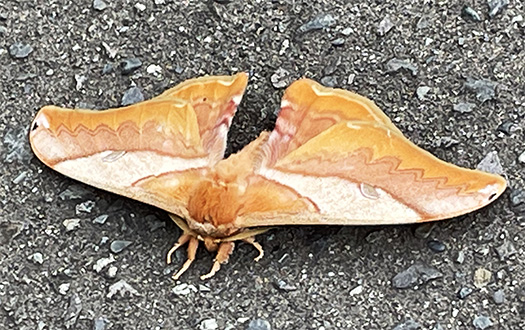
イキモノの世界でもこの様子は明瞭で
上のセミさんはこの状態で動かなくなっているし、
下の写真の蛾も散歩道の足下でほぼ動かなくなっている。
ハネの色合いは枯れ葉の擬態であることがあきらかで
よく観察してみてはじめて蛾だと認識できた次第です。
死んでいるのかと木の枝で突いてみると、まだ動いてはいました。
しかしすでに力弱く静寂をただ待っている感じ。
どこかの草むらにでも移動させようにもつかまる体力が失せている。
やむなく舗装歩道に放置しておきましたが、
やがてなにかに蹴飛ばされ踏みつけられるのかなと。
まぁ自然の摂理なので、人間がどうこうできるものでもない。
2022年の夏も感染症の猛威がまだまだ継続していて
じんわりと季節感を感じるほどの余裕を持てないまま過ぎつつあります。
経済動向を見ているとこの秋には大きな変動勃発の予感。
アメリカでは物価高、インフレが猛威をふるっているし、
それに対してFRBがかなり荒療治的に対応すると宣言を出している。
一方で中国では無謀なゼロコロナ政策で経済にマイナス影響が色濃い。
不動産バブルによるこれまでの経済成長路線に急ブレーキが掛かって
金融を含めた社会動向に非常に危機的な情報があふれてきている。
この秋にもなにか大きな動乱が発生する可能性がある。
こんな状況からか、中国外交トップが日本の外交担当者と7時間もの
長時間対話を行ったという情報も伝わってきている。
中国外交部は8月18日、外交トップの楊潔篪・共産党中央政治局委員と
日本の秋葉剛男・国家安全保障局長が8月17日、天津市で
「中日第9回ハイレベル政治対話」を共同開催したと発表した。
・・・中国は対米関係の行き詰まりがあれば伝統的に日本を利用する。
中国経済の危機的状況からの一種の外交的サインなのかも知れない。
HONDAは中国企業群とのデカップリングを情報発信して
場合によっては中国事業を見放す方向だと受け取れるサインを出した。
TOYOTAにもそういう動きが見られるという情報。
いずれの情報からも秋以降の変動要因がマグマの胎動のように感じられる。
English version⬇
[Slowly cooling autumn, the end of summer, and the global economy.
The Fed’s response to the U.S. economic modulation and the expansion of China’s economic turbulence factors. Are major autumn fluctuations beginning to emerge like a magma? …
The temperature in Sapporo yesterday was about 20 degrees Celsius in the morning.
The day before yesterday, the temperature had dropped to about 18.7 degrees Celsius, as shown in the photo.
The thermometer in front of Maruyama Zoo adjacent to Hokkaido Shrine.
As one would expect, a short-sleeved T-shirt is not comfortable when the temperature is this low.
So I put on a long-sleeved jersey.
This year in Hokkaido, there was not much clear weather.
The weather has been cloudy even in the height of summer, but the season is slowly deepening.
The season is gradually deepening, and a hint of loneliness is in the air.
The day lilies, which have not been seen very often this year, have passed their blooming stage and are now in the fruiting stage.
Even in the world of iminos, this situation is clear.
The cicada above is motionless in this state, and the moth in the photo below is almost motionless under the foot of the walkway.
The moth in the photo below is almost motionless under the foot of the walkway.
The coloration of the honeycomb is clearly a mimicry of dead leaves.
It was not until I observed it closely that I recognized it as a moth.
I poked it with a tree branch to see if it was dead, but it was still moving.
However, it was already weak and just waiting for silence.
I tried to move it to the grass somewhere, but it had lost the strength to hold on.
I had no choice but to leave it on the paved sidewalk.
I wondered if something would eventually kick it away and trample it down.
Well, it is the order of nature, and there is nothing we can do about it.
In the summer of 2022, the onslaught of infectious diseases is still continuing.
The summer of 2022 is passing by without enough time to feel a sense of the season.
Looking at economic trends, I have a feeling that we could see major changes this fall.
In the U.S., high prices and inflation are still raging.
The Fed has announced that it will respond to this situation in a very drastic manner.
Meanwhile, China’s reckless zero-corona policy is having a strong negative impact on the economy.
The economic growth path that has been driven by the real estate bubble has been suddenly braked, and social trends, including financial ones, are extremely critical.
Information on social trends, including the financial sector, is becoming very critical.
There is a possibility that some major upheaval will occur this fall.
Perhaps because of this situation, we have received information that a top Chinese diplomat had a seven-hour long dialogue with a Japanese diplomat.
The Chinese Ministry of Foreign Affairs announced on August 18 that it would hold a meeting with Japanese diplomats to discuss the situation.
On August 18, China’s Ministry of Foreign Affairs held a meeting between top diplomats Yang Jiechi, a member of the Communist Party’s Central Political Bureau, and
The Chinese Ministry of Foreign Affairs reported that on August 18, top diplomats Yang Jiechi, a member of the Communist Party Central Political Bureau, and Takeo Akiba, Director-General of the National Security Bureau of Japan, held the
The 9th China-Japan High-Level Political Dialogue was jointly held in Tianjin, China, on August 17.
… China traditionally turns to Japan when there is a deadlock in its relations with the United States.
This may be a kind of diplomatic sign from the critical situation of the Chinese economy.
HONDA will send out information about decoupling with a group of Chinese companies.
HONDA has sent out information about its decoupling from a group of Chinese companies, a sign that could be taken as a sign that it is abandoning its China business in some cases.
There is also information that TOYOTA is also making such a move.
All of this information suggests that the factors that will cause fluctuations from autumn onward are like an embryo of a magma.
Posted on 8月 28th, 2022 by 三木 奎吾
Filed under: こちら発行人です, 状況・政治への発言 | No Comments »


